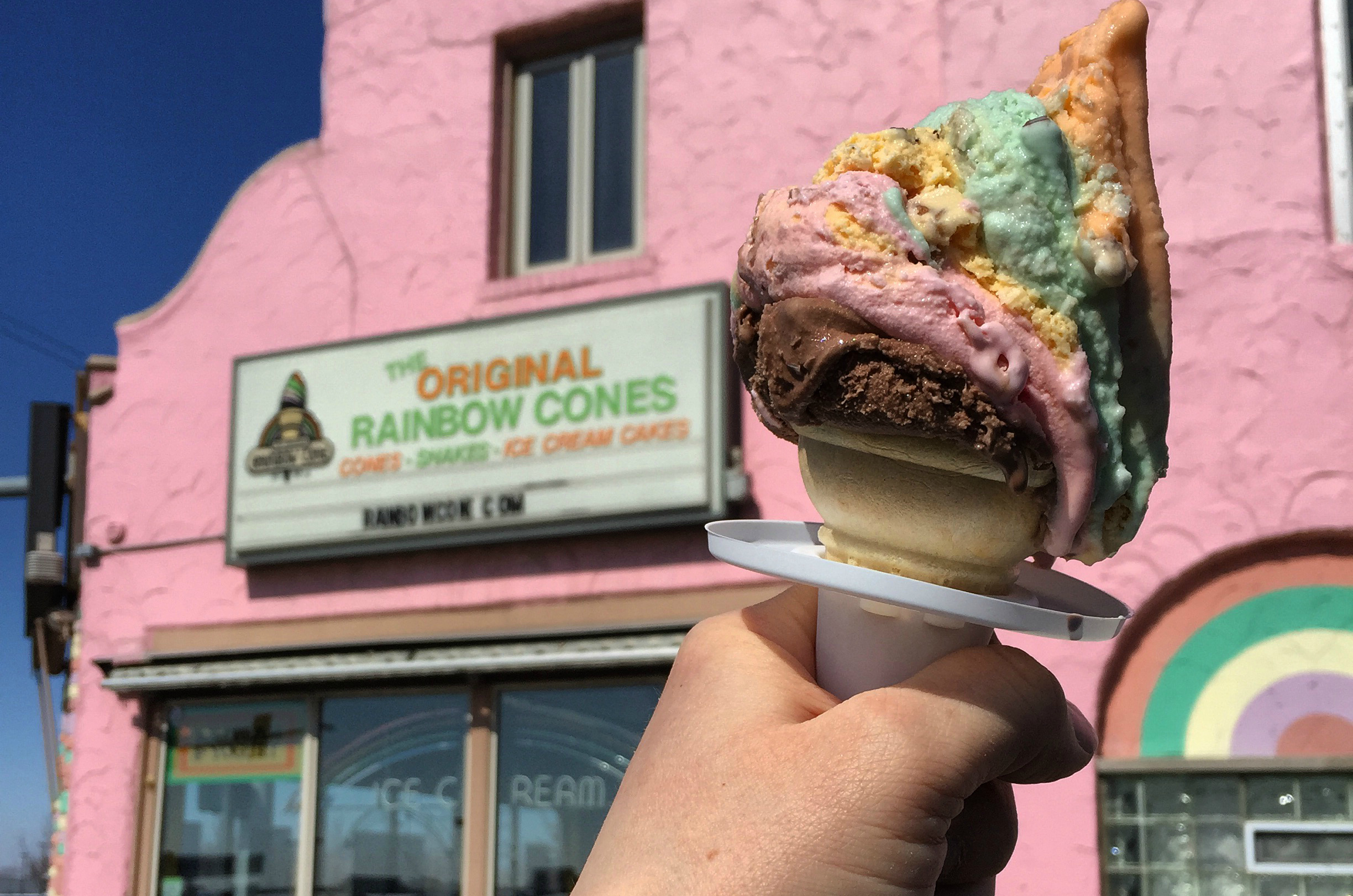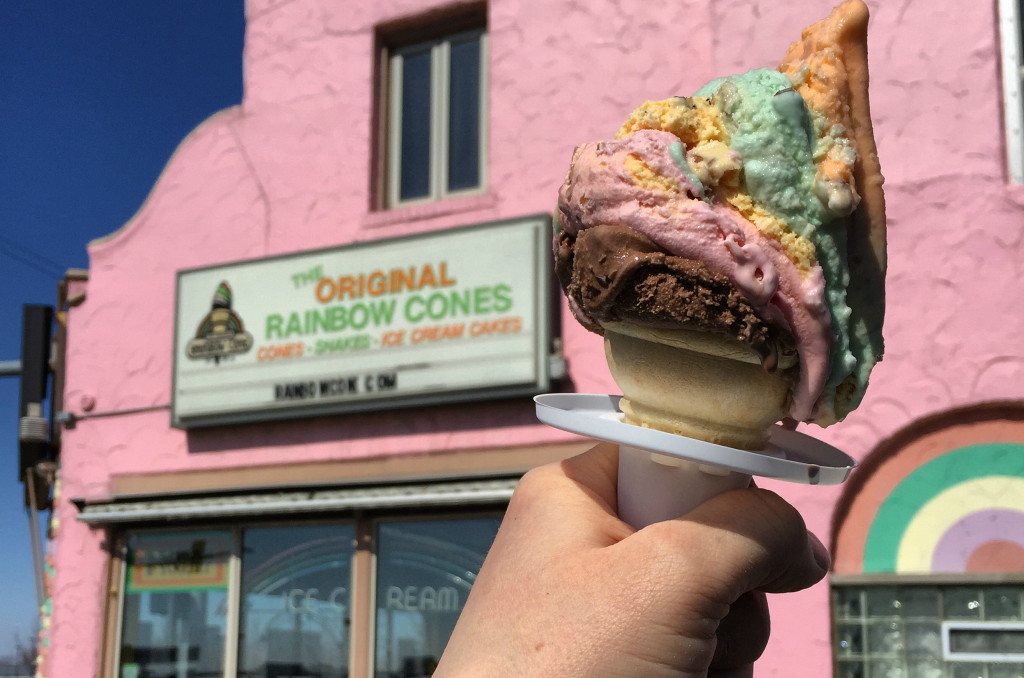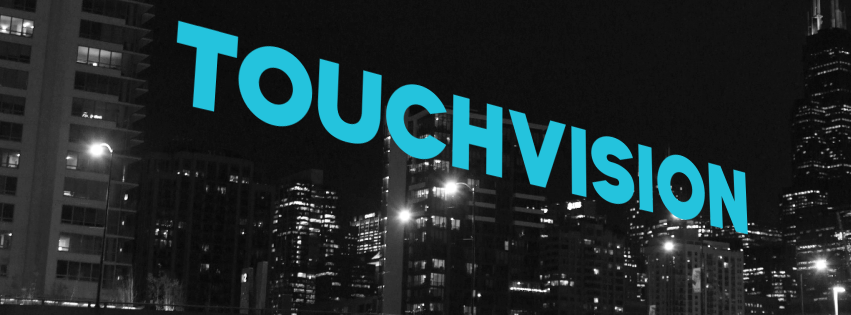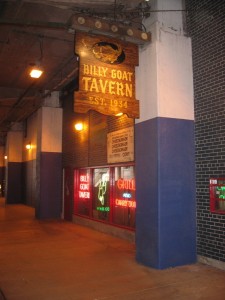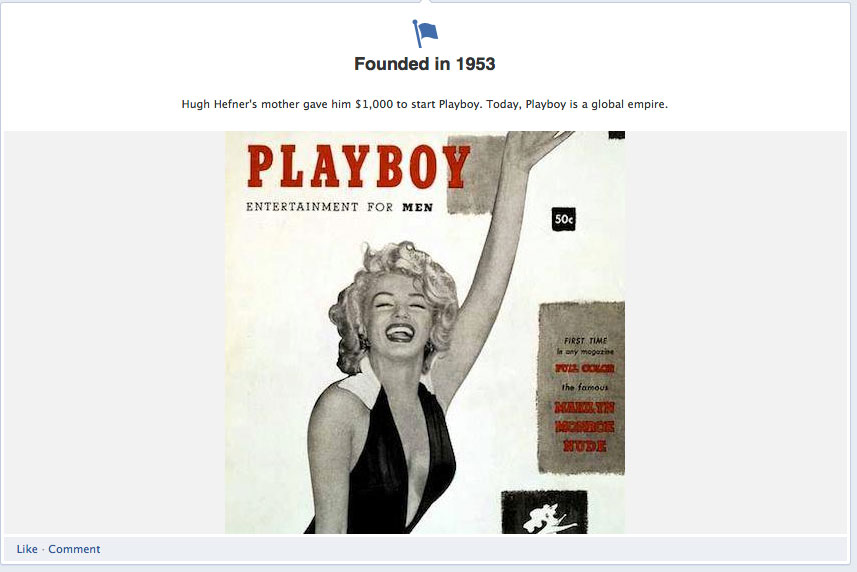I was back at The Paper Machete yesterday to discuss Chicago’s mayoral race.
Every time I attend The Paper Machete, I’m stunned at the level of talent on display. I’ve been to four shows – three of which I performed at – and if there is a show which consistently showcases such an incredibly talented group of writers and musicians of greater intelligence and humor, I haven’t seen it. Christopher Piatt and Allison Weiss put this on weekly, people. WEEKLY! And it’s free. FREE! You’re missing out if you don’t give it a chance. Check out the Facebook page or their podcasts.
A couple notes on this piece: Thanks to some smart feedback from Piatt, I wrote this specifically to be read as a speech rather than as a true essay that would be read. So I’m not sure how well it works just as plain text. If it makes it into the Machete podcast, I’ll link and you’ll see what I mean. UPDATE: The recording of this piece is posted here.
Also, after I performed it I thought it came off too pro-Rahm, which wasn’t my intention (and certainly isn’t reflected in the previous Machete piece I wrote). Chicago’s neighborhoods have many needs and I don’t think a pro-business mayor is what we need right now. But that doesn’t excuse the played-out games our city’s black leaders are engaged in this year. They need to get their collective act together for 2015.
—————————————————
My friends, can I take you into my confidence for a moment? I have a confession to make.
I’ve lived in the Chicago area my whole life and in the city proper for 13 years now. I’m politically aware to the point of being able to tell you roughly how much some of the candidates had in their campaign coffers at the start of this campaign and I’m old enough to not only have been alive when there wasn’t a mayor named Daley but to have actual memories of a few of them.
But for a couple minutes last night while I was working on this piece, I had to look up how a contested Chicago mayoral election works. Isn’t that embarrassing? I’m like one of those people who don’t know there used to be a Meigs Field. Or that Lake Shore used to go around the east side of Soldier Field. Or…something else with a field.
Anyway, I don’t feel too bad for not remembering how mayoral elections work in the post-Daley era since the recent actions of Chicago’s black political leaders showed they don’t seem to remember either what with all their efforts to rally around a consensus candidate.
So just in case you too have a lack of field-related Chicago knowledge, elections in Chicago used to work pretty much how most other elections go: There was a Democratic primary and a Republican primary and the winners of each of those primaries would run against each other in the general election…and the person who was the Democrat won.
But in 1995, the Illinois General Assembly changed the law to do away with primaries in the mayoral election. To understand why they did this involves me explaining the last 35 years of Chicago mayoral political history. You’d think that with 21 of those years involving Daley in the mayor’s office that it would be pretty easy but the 13 years prior to that are a mess of Democratic white guys being so mad at black guys that they were willing to elect a lady and even a white Republican if it meant keeping a black Democrat out of the mayor’s chair. Also, there’s a really bad snowstorm involved. It’s actually really interesting but in an effort to not have us here all day, just trust me when I say the big takeaway is this: Most people think the election of Harold Washington – by the way, he was the black guy – means that in non-Daley years all the black political leaders in Chicago need to do is decide on one black candidate to run for mayor and he or she will win.
Since the four leading four candidates for mayor are Rahm Emanuel, Carol Moseley Braun, Miguel Del Valle, and Gery Chico – or to put it terms of jokes you might hear involving rowboats: a white guy, a black lady and two Hispanic guys – things should be easy-peasy, right? No. They’re uh…hardy-tardy.
See, there’s never been a mayoral election under the non-primary system when Daley wasn’t running. So there’s no real evidence to support the idea that a black candidate could win against a white challenger. Also, the racial makeup of this city isn’t what it used to be.
According to an article in the Chicago News Cooperative, the most recent census estimates available say that “whites and blacks each represent almost one-third of the city’s population, while Hispanics have held steady at about 27 percent and Asians rose slightly to comprise a little more than 5 percent of Chicagoans.”
So first of all: bad news for racist white people: You’re more of a minority than ever but still not eligible to get in on all those fat city contracts for minority-owned businesses. Also, bad news for black political leaders still partying like it’s 1989: the black population has shrunk considerably to the point where it’s no longer feasible to decide on a black consensus candidate and think he or she will be elected mayor.
Ah but not so fast, you say! Just because the city’s population splits evenly down white and black lines doesn’t mean the voter rolls do, you retort in a manner most self-satisfied! Moreover, you say, 2008 voter turnout showed only 37 percent of white people vs. 40 percent of black people and 12.86 percent of Hispanics. And finally, black turnout has always been very strong and so you say good day sir I’ll have no more of your empty punditry.
To which I say, not so fast you jackanapes! We are not just talking about any white person. We are talking about Rahm Emanuel. This is a guy who has a power base of business interests, a ton of money and a mythical persona that’s something like Jewish George Clooney-meets-Ben Kingsley’s character in “Sexy Beast.”
And if we’re just going to look at this purely in racial terms, Emanuel’s been polling well for months among blacks and Hispanics. A recent poll – taken after Braun became the consensus candidate – shows he not only has a 3:1 lead among white voters, but a 16-point lead among Hispanics, too. And here’s the kicker: Braun’s only pulling 43 percent of the black. Emanuel’s pulling 32. So he’s working all sides of the census form.
Things would be different if the black consensus candidate had more universal appeal. Or, let’s face it, was not Carol Moseley Braun. As much as I’d like to see a strong black candidate, were I to enumerate all of the mistakes Carol Moseley Braun has made since she started campaigning – or hell, even just this week – we would be here until the runoff. So I think I’ll just quote Braun’s spokeswoman – a woman who is paid to say nice things about her candidate – who this week said “Am I a little nervous when she starts to talk to people? Yes, I am.”
According to that same recent poll, Braun’s foot in mouth disease has now translated into a 41 percent unfavorable rating. Unfortunately, she also has a 91% name recognition which – according to the pollsters – means she is “a candidate with little ability to grow her vote share.”
Which is why that poll shows Emanuel leading with 42 percent of the vote, Braun with 26, Chico with 10 and Del Valle with 7.
At this point, Rahm Emanuel could change his campaign slogan to “Rahm Emanuel: Lick My Balls” and he’d still probably win.
Here’s the thing most people forget about Harold Washington: he won his first election for mayor – the most racially-charged election in the city’s history – with 20 percent of the white vote. I’ve got concerns with Rahm Emanuel as mayor when we need less of a downtown mayor and more of a neighborhood mayor. But demographically, you could argue that he – not Braun – is the candidate with broad support from all over Chicago. And that’s what it’s going to take to win from now on: not a consensus candidate, but a census candidate.

